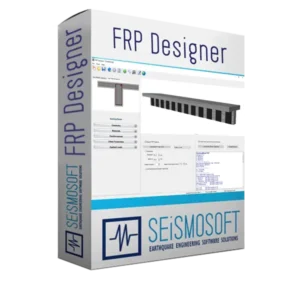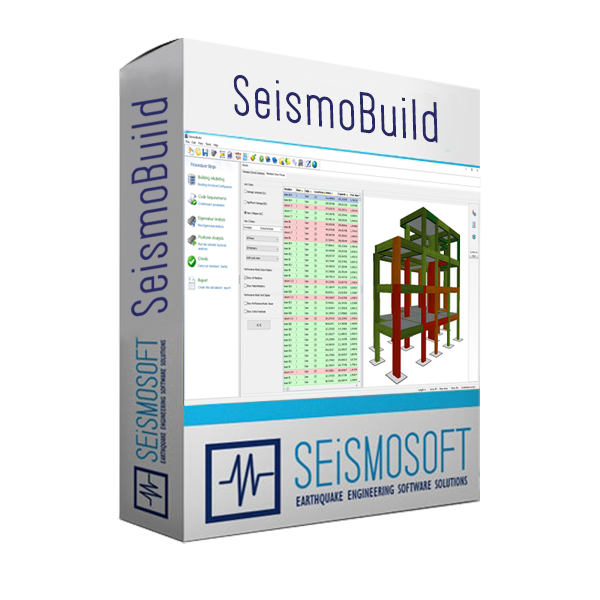
FRP Designer
Software for Designing FRP Strengthening of RC Columns & Beams
Compute the strength of reinforced concrete members strengthened with FRP laminates
FRP Designer provides an efficient solution for designing FRP strengthening of reinforced concrete columns and beams by computing the strength of reinforced concrete members strengthened with FRP laminates.
In particular the software computes the bending and shear capacity of reinforced concrete members at first without FRP laminate strengthening and then with strengthening by FRP laminates specified by the user. This way the software provides a tool for designing the strengthening of a reinforced concrete member against bending and shear and also assess the effects of strengthening with various types of FRP laminates.
The properties of the existing members like geometry, reinforcement, materials, loads and code-related parameters can be easily introduced using a user-friendly visual interface. A large variety of commercially available FRP laminates is available in the software while the user can introduce custom FRP laminate types. Parameters associated to the FRP wrapping like Radius of corners, number of FRP layers etc can also be easily introduced in the program.

FRP Designer is now part of SeismoBuild.
Since the 2023 version of SeismoBuild, the new FRP Designer application is included in the installation.
You can get it as standalone program or get SeismoBuild Structural Assesment & Strengthening program that includes FRP Designer in its installation.
Easily computed according to three available codes
Full report of the capacity calculations of the strengthened members
Numerical and graphical results to be copied to any Windows application
The bending and shear capacity of an existing member with and without FRP strengthening can be easily computed according to three available codes
The bending and shear capacity of an existing member with and without FRP strengthening can be easily computed by FRP Designer according to three available codes. The European Eurocode 8 (Part 3) and FIB 90, the American ACI 440/ACI 318 and the Italian CNRT-DT 200 / NTC 18.
